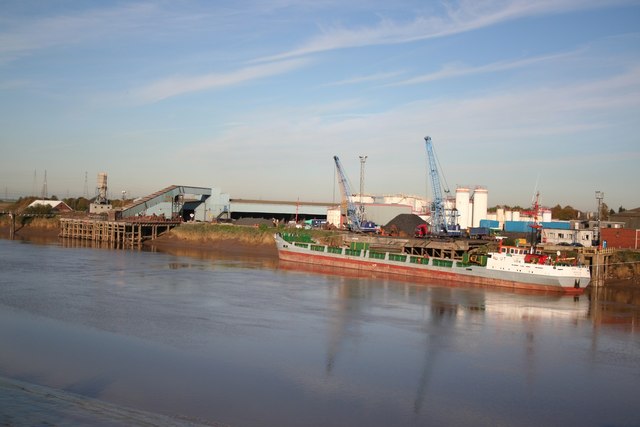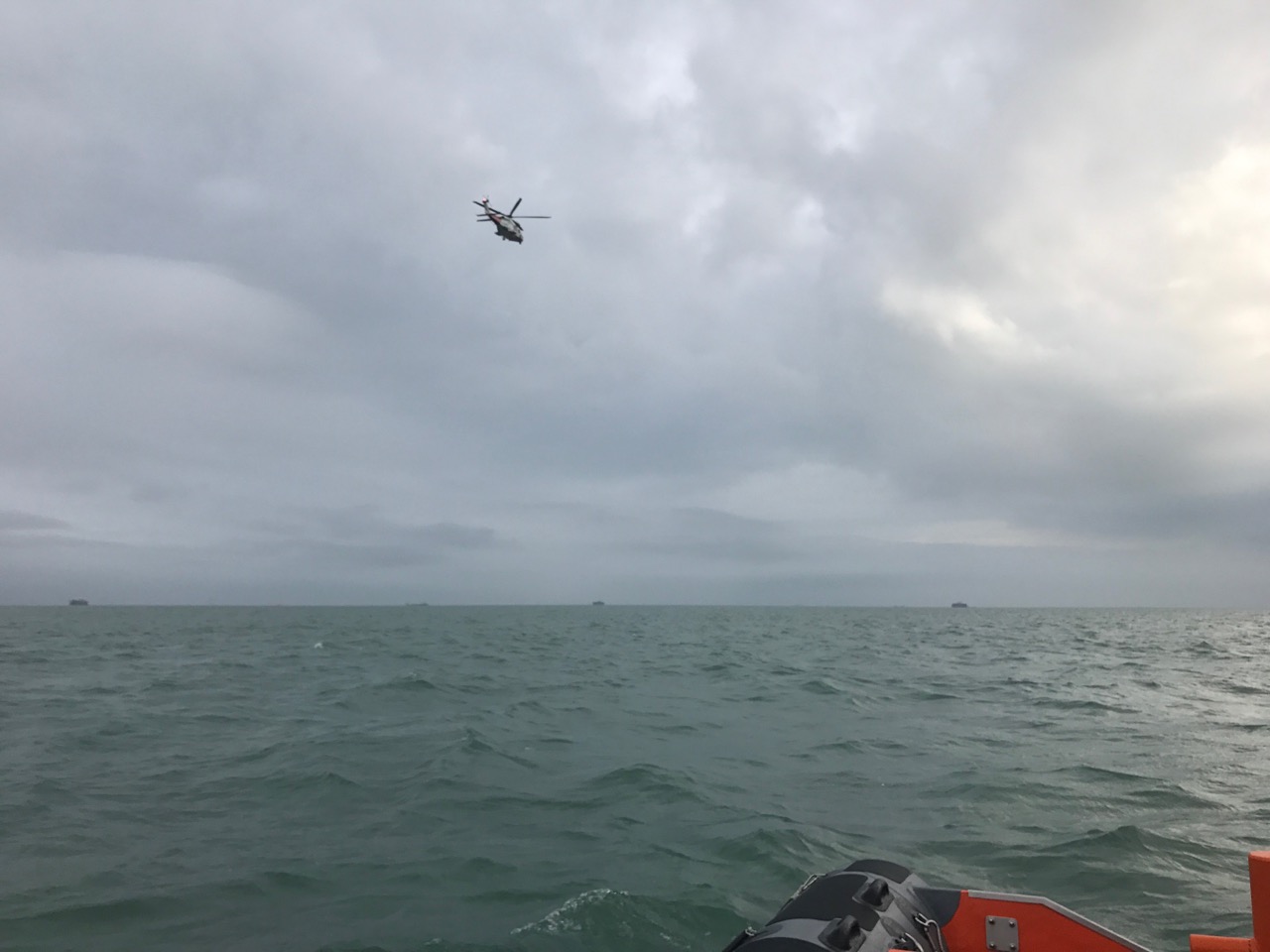Record breaking Atlantic wave recorded
A 19-metre high wave, recorded by a buoy in the North Atlantic, has broken the record for the highest wave ever recorded
The record for the highest ever wave has been broken, according to the World Meteorological Organization (WMO).
The 19 metre (62.3-foot) wave was measured by an automated buoy in the North Atlantic at 0600 UTC on 4 February 2013.
It was created in the aftermath of a very strong cold front, which produced winds of up to 43.8 knots (50.4 miles per hour) over the area between Iceland and the United Kingdom.
The previous record of 18.275 metres (59.96 feet) was measured on 8 December 2007, also in the North Atlantic.
The WMO Commission for Climatology’s Extremes Evaluation Committee classified it as “the highest significant wave height as measured by a buoy”.
The buoy which recorded the wave is a part of the UK Met Office’s network of Marine Automatic Weather Stations.
Moored and drifting buoys form a vital part of an extensive international observing network coordinated by WMO and its partners.
They complement ship-based measurements and satellite observations which monitor the oceans and forecast meteorological hazards on the high seas.
Commenting on the record breaking wave, the WMO assistant secretary-general,Wenjian Zhang, said: “This is the first time we have ever measured a wave of 19 metres. It is a remarkable record.”
“It highlights the importance of meteorological and ocean observations and forecasts to ensure the safety of the global maritime industry and to protect the lives of crew and passengers on busy shipping lanes,” he continued.
“We need high quality and extensive ocean records to help in our understanding of weather/ocean interactions,” he explained.
“Despite the huge strides in satellite technology, the sustained observations and data records from moored and drifting buoys and ships still play a major role in this respect,” stressed Zhang.
A separate record – that of the highest significant wave height as measured by ship observation – was measured in February 2000 in the Rockall Trough, also in the North Atlantic between the UK and Iceland.
Wave height is defined as the distance from the crest of one wave to the trough of the next.
The term “significant wave height” means the average of the highest one-third of waves measured by an instrument, and is comparable to what an observer would see as an average of about 15-20 well-formed waves over a period of about 10 minutes.
The highest waves typically occur in the North Atlantic, rather than the Southern Ocean.
Wind circulation patterns and atmospheric pressure in the North Atlantic in winter leads to intense extra-tropical storms, often so-called “bombs”.
This means that the area from the Grand Banks underwater plateaus off the Canadian coast around Newfoundland to south of Iceland and to the west coast of the UK, including the Rockall Trough, are prime candidates for wave records.
Fears grow for family missing off Cape Jaffa, Australia
Searches will resume today for Len and Annette Vandepeer and their son, Doug, after they failed to return to the…
Appeal after man goes missing from a cargo ship at Gunness Wharf
The brother of an engineer who went missing from the cargo vessel, EEMS DELTA, while it was moored at Gunness…
Major search in the eastern Solent after equipment found
Coastguard teams and the Gosport Independent Lifeboat took part in a major search of the eastern Solent after equipment was…












